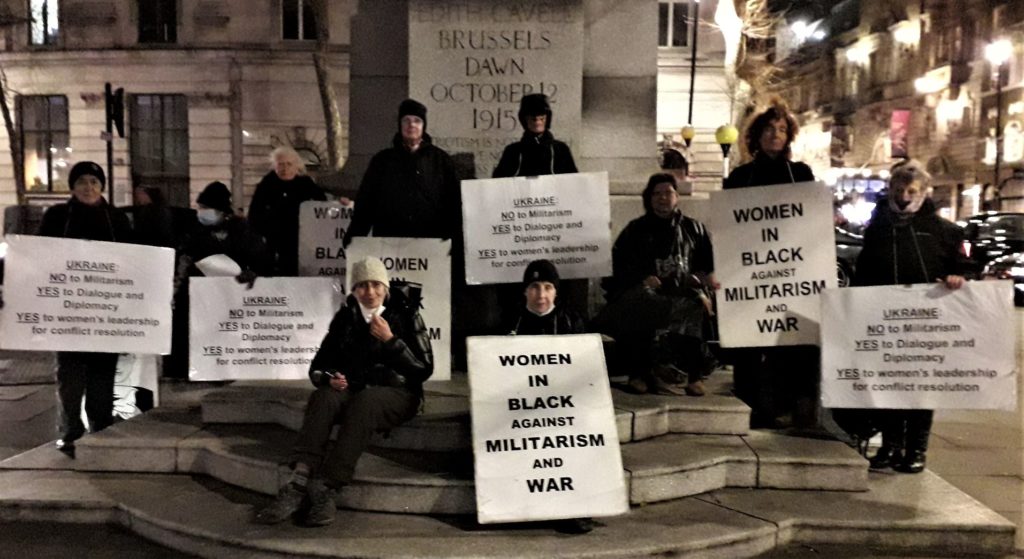Cosplay: An instrument of protest?
From Marie Antoinette to The Handmaid’s Tale by way of the Suffragettes
We can expect a tough year ahead. The cost of living, the assault on reproductive rights, online abuse, crop failure, male violence against women, the menopause, gender equality in sport……….the list is endless.
But, because it’s August and we have all been lying about helplessly panting in the heat, here’s an opportunity to escape from from the lunacies of the patriarchy and consider the increasingly popular and interesting phenomenon that is COSPLAY.
It’s an ugly word, a portmanteau of ‘costume’ and ‘play’. It emerged from Japan in the 1980s and has usually been linked to Comic-Con events. These are highly popular comic book conventions, where dressing up as your favourite superhero has long been a thing. More recently the word has crept into the mainstream media, often within a political context.
Really though, it’s something that women (and men) have done for ever. When Elizabeth 1 gave her speech at Tilbury, she channelled Pallas Athene, the Greek goddess of war, by wearing a plumed helmet and steel breastplate. Marie Antoinette frolicked at Le Petit Trianon dressed as a milkmaid. Royal families and presidents who have never been near a front line, regularly appear in full dress uniform strewn with medals, their children stuffed into little sailor suits. And for today’s aspiring political leader, there is nothing more enticing than an array of hard hats, hi-viz jackets, white coats, goggles and military fatigues, preferably accompanied by a tank, a macho piece of machinery and a compliant audience.
There is, of course, rather a childlike pleasure to be had in dressing up. For centuries, masked balls and fancy dress parties have offered opportunities for creativity, celebration and hedonistic enjoyment. Shakespeare’s plays and Mozart’s operas are full of characters disguising themselves at the drop of a hat. Today, clones of Wonder Woman and Princess Leia turn up at the conventions, and goths and vampires stalk the streets of Whitby. Festivals like Halloween are ideal for cosplay enthusiasts, and a quick internet search offers you an extraordinary range of costumes. A giant pigeon anyone? Or Minnie Mouse?
Women, costume and protest
Beyond this individual creativity though, is an increasing use of costume that is designed to make a statement and to show solidarity. Often there is a reliance on the power of a single colour or a particular piece of clothing – the ‘gilets jaunes’ movement in France is a perfect example of this.
The women’s movement has long recognised this importance of colour and costume in developing non-violent, creative and expressive ways to protest.
White, chosen for its visual impact in photographs and its availability, became a tool for the Women’s Suffrage movement. On ‘Women’s Sunday’ in 1908, 300,000 women wearing white attended a rally in Hyde Park and the colour continues to have impact, particularly in America.
In 1968, Shirley Chisholm, the first black woman elected to Congress, wore white on her first day, and Alexandria Ocasio-Cortez did the same in 2019, saying:
‘I wore white today in honour of the women who paved the path before me and the women yet to come’
Women in Black, a world wide network actively opposed to injustice, war, militarism and violence, has adopted black, the colour of mourning. Action often involves groups of women wearing black, standing in a public place in silent vigils, holding placards and handing out leaflets. Non-violent direct action may include sitting down and blocking roads, entering forbidden areas and bearing witness. Women choose what form of action they feel comfortable with, seeking to educate, influence and inform public opinion.
The Red Rebel Brigade are spectacularly dressed performance artists (mainly women), who appear at Extinction Rebellion demonstrations moving silently and in slow motion. Their faces are deathly white and their robes are blood red. They have been likened to ‘spirits coming back to warn the living………pleading with us not to destroy ourselves’
Red and white are also the key colours for what is now a familiar symbol of protest, the outfit worn by the handmaids in Margaret Atwood’s 1985 novel The Handmaid’s Tale. The scarlet cloaks and large white bonnets of oppression have now become internationally recognisable and powerful images of state control of women’s bodies.
Costume and colour stand out against the relative drabness of daily life. As non-violent instruments of protest they can quickly attract an audience. They are easily captured on film and frequently go viral online. Women’s movements have long recognised these advantages, from the suffragettes wearing white gowns with green and purple sashes, to the blood red robes of the handmaids.
And Wonder Woman? She should not be overlooked. There are quite a number of academic articles exploring Wonder Woman as a feminist icon and in 1972, Gloria Steinem, the prominent feminist, put a classic image of Wonder Woman on the cover of the first edition of Ms. magazine, with the strapline ‘Wonder Woman For President’.
So, if you fancy cosplay with a serious edge, go ahead. There are plenty of costumes available on the internet and this is one form of protest where you are less likely to be arrested. Well, at least for the moment……..



.png)
